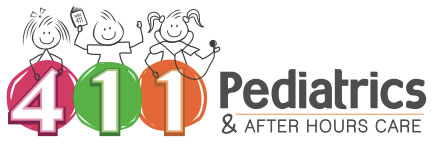Your child comes to you complaining of a running nose, sneezing, nasal congestion and a cough. It’s got to be a cold, right?
This is a common question. It’s important for parent to know that the symptoms of nasal allergies are similar to those of a common cold, so it can be tough to distinguish between the two. Here’s what you need to know.
What’s an allergy?
An allergy is an immune reaction to a substance called an allergen. When kids with allergies come into contact with an allergen, their bodies mistakenly view it as a dangerous invader and release histamines to fight it off. These histamines irritate the body and cause a variety of symptoms such as a runny nose, sneezing and itching.
The most common allergen respiratory symptoms, like congestion and a runny nose, include animal dander, dust mites, mold and pollen.
How common are allergies in children?
According to U.S. Centers for Disease Control and Prevention (CDC) 16.6 percent of children under 18 have hay fever or a respiratory allergy.
That being said, it should be noted that babies and toddlers are unlikely to have respiratory allergies. That’s because each person has a threshold that must be reached before an allergen causes a reaction, and reaching that threshold takes time. That’s why seasonal allergies don’t develop until about age 3 or 4 – because exposure to each pollen is limited to only a few weeks each year.
Cold or allergy? 5 signs that your child has allergies; not a cold
- The ‘cold’ just won’t go away. Colds wind down in a week to 10 days. Allergies don’t.
- Nasal mucus is thin and clear
- Persistent sneezing and dry cough
- Constantly wiggles, wipes and pushes nose upward in an ‘allergic salute’
- Itchy, red, watery eyes


